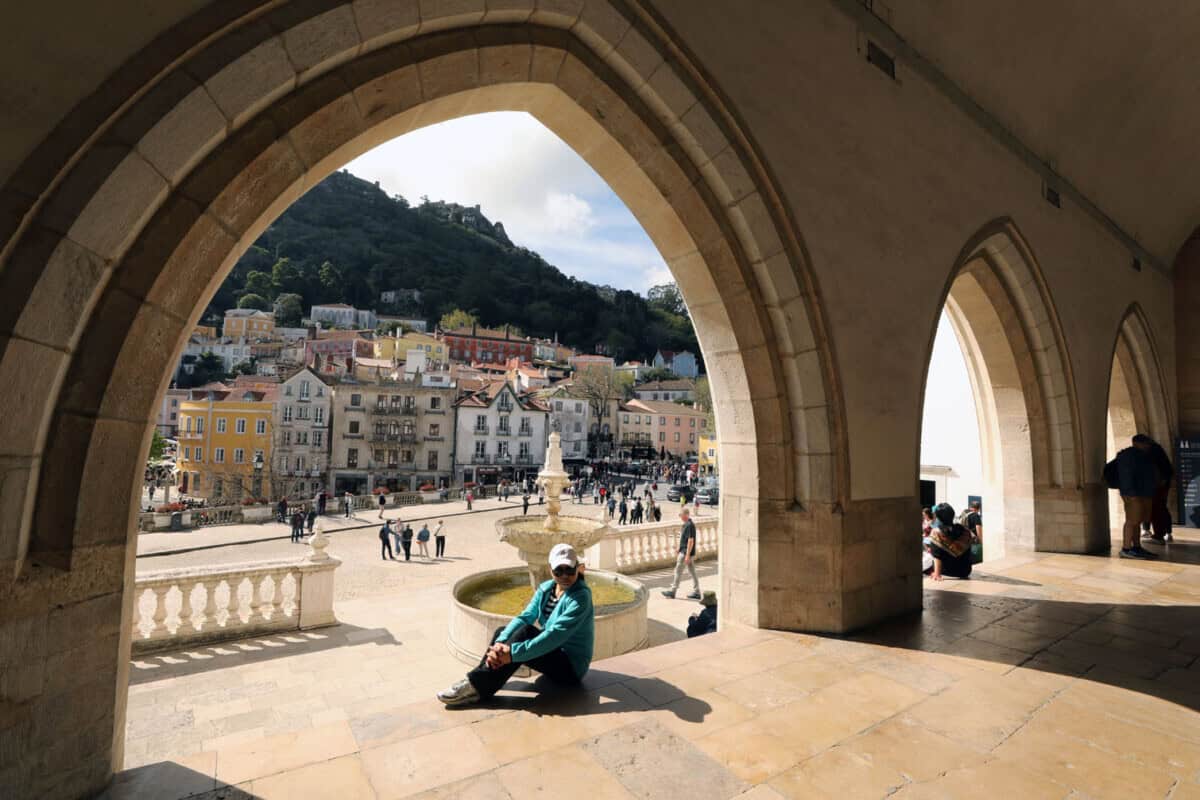The world has to ensure that overtourism doesn’t destroy the very places that attract visitors.

Tourism has the potential to be one of the most valuable renewable natural resources – especially to a developing country.
But in many destinations, the sheer volume of visitors is starting to overwhelm both the environment and local communities.
In Africa’s Masai Mara and Serengeti, famed for the Great Migration, the surge in safari vehicles often clogs river crossings, disrupting wildlife and diminishing the wilderness experience.
Across Europe, historic cities such as Barcelona and Venice are buckling under the strain of mass tourism. Narrow streets and fragile infrastructure struggle with cruise ship arrivals and low-cost flights that funnel millions of visitors into spaces never designed for such crowds. Locals are increasingly fighting back.
ALSO READ: Kruger National Park by any name will be as majestic
In Barcelona, residents have staged protests, spraying water at tourists and painting “tourists go home” on walls.
Venetians, frustrated by spiralling rents and the loss of local life, have taken to the streets against giant cruise liners and unchecked visitor numbers.
Even traditionally spiritual journeys like the Camino de Santiago in Spain have, as we outline on our Travel pages today, seen record pilgrim numbers test accommodation capacity and erode the sense of solitude and reflection.
The world has to ensure that overtourism doesn’t destroy the very places that attract visitors.
NOW READ: See scientists at work in Greenland during luxury cruise






